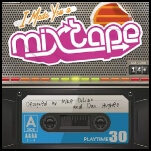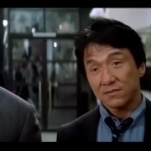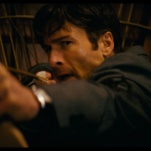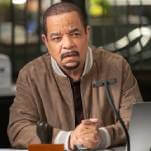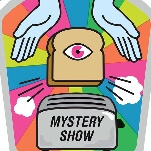Gateways To Geekery: Steely Dan

Pop culture can be as forbidding as it is inviting, particularly in areas that invite geeky obsession: The more devotion a genre or series or subculture inspires, the easier it is for the uninitiated to feel like they’re on the outside looking in. But geeks aren’t born; they’re made. And sometimes it only takes the right starting point to bring newbies into various intimidatingly vast obsessions. Gateways To Geekery is our regular attempt to help those who want to be enthralled, but aren’t sure where to start. Want advice? Suggest future Gateways To Geekery topics by emailing [email protected].
Geek obsession: Steely Dan
Why it’s daunting: On the surface, Steely Dan was the epitome of what punk rock was supposed to destroy: Fussed-over, smoothed-out, and too smart for the room, the band that stormed album-oriented radio in 1972 with Can’t Buy A Thrill—and its jazzy lead single “Do It Again”—wasn’t even a band in the technical sense when it hit its mid-’70s creative peak. With Bard College alumni Walter Becker and Donald Fagen at the helm, the Dan ditched the road for the studio, concocting increasingly complex, no-hair-out-of-place LPs stitched together from hundreds of takes by a rotating cast of session musicians and hired guns.
But that sophisticated façade belies an epic mean streak; the sentiments of the band’s lyrics—sung by Fagen in a detached, occasionally sneering manner—were frequently nastier than anything spilling out of CBGB by the time Aja hit the charts in ’77. After Becker and Fagen put their collaboration on hold following 1980’s Gaucho, Steely Dan’s reputation was kept alive by a cult of music-theory snobs and lyrical vivisectionists. In essence, Steely Dan is a musical act engineered to keep the outsiders out and the insiders way, way in. The Steely Dan songbook features plenty of passages that are purposely obscure or obtuse, as if Becker and Fagen were disinterested in attracting any listener who didn’t know what a black cow was, or couldn’t hold down a beat in 6/4 time.
Possible gateway: 1973’s Countdown To Ecstasy
Why? Reverence toward the group’s literary allusions and jazz-influenced compositions threatens to overshadow the fact that Becker and Fagen were two of the AOR era’s predominant wise-asses—and they also knew a perfect pop hook when they heard one. For the most accessible example of Steely Dan’s clever pop craft, look no further than “My Old School,” the second single from the group’s sophomore album, Countdown To Ecstasy. Punchy and upbeat, “My Old School” is a poisoned love letter written in terms both specific and slippery. Fagen and Becker’s kiss-off to their alma mater strikes a similar balance between its studied compositional elements (its thick horn charts, those rich female vocal harmonies) and the rawness of its guitar solos, performed by founding Steely Dan guitarist and future Doobie Brother/missile-defense consultant Jeff “Skunk” Baxter.
Most of Countdown To Ecstasy lives in this transitional gray area, where Steely Dan’s core pair gave their bandmates more breathing room than they would during the sessions for future albums. And while there’s ample electricity in the organic, bluesy tangle of “Bodhisattva” and the smudgy Rhodes fingerprints of “Your Gold Teeth,” it’s also thrilling to hear Becker and Fagen pushing their fellow players toward tighter grooves and more refined riffs like those heard in “Boston Rag” and “Razor Boy.”






